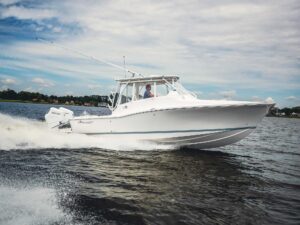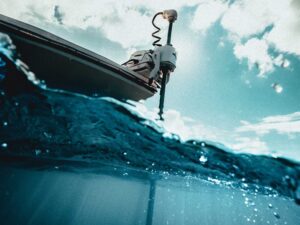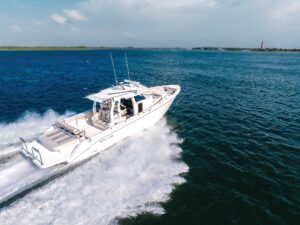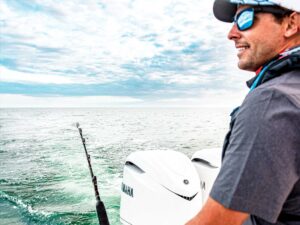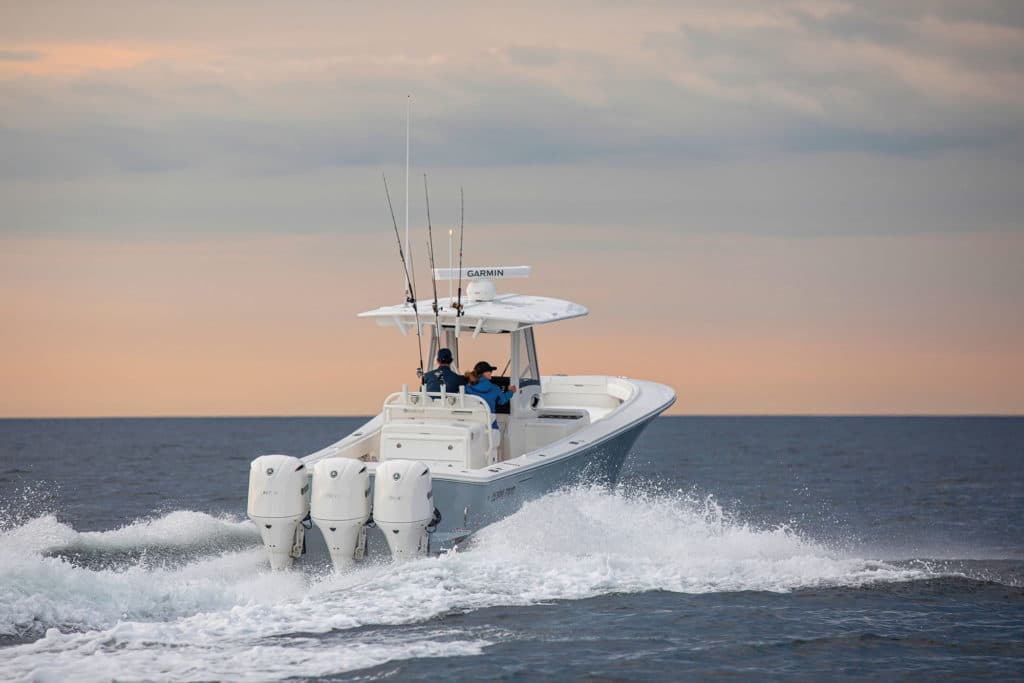
The rising sun casts an orange hue over churning whitewater. You inhale thick air saturated with brine. Heading offshore can be a full-on sensory experience. Couple that with good friends and memories of giant, hard-fighting fish, and you’ve reached the core of the sport.
The experience keeps us motivated, keeps us committed, and inevitably keeps us hankering for the latest in boats and gear. When it’s time to upgrade your current vessel — or if you’ve finally decided you want in on this — how do you choose an offshore center console?
The market swims with options. To help you narrow them, we questioned several pros to learn how they make the decision.
“You have to know the type of fishing you want to do,” says Capt. Al Lark, who runs Buckshot Charters in Monmouth Beach, New Jersey. “And then, buy the best boat you can within your price range.”
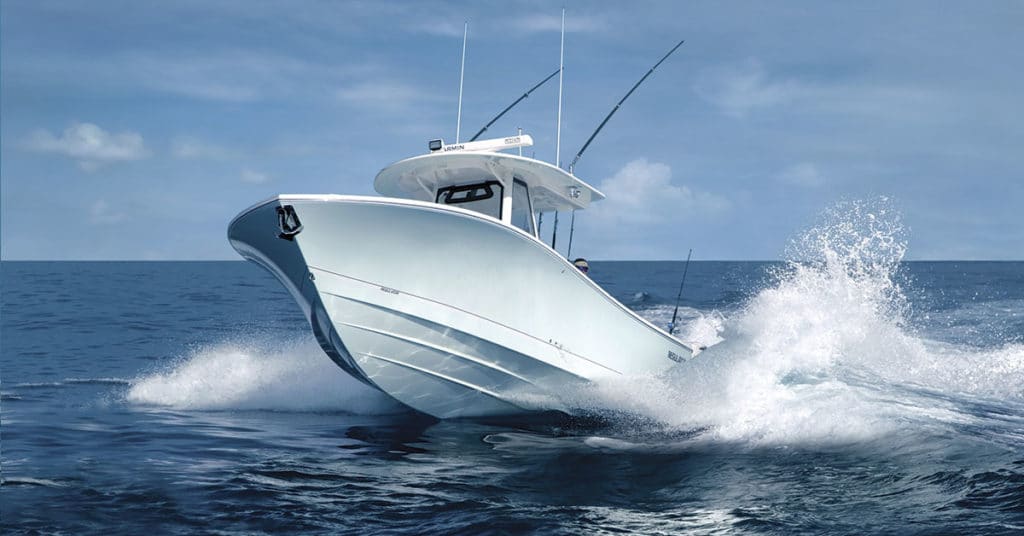
That might sound simple, but most experts agree that anglers often don’t sit down to make an actual checklist of their needs. Consider these points:
- How far offshore do you fish?
- What species do you target?
- What’s your primary style of fishing (i.e. trolling, bottom fishing, kite fishing, etc.)?
When you answer those questions, you can start dialing in the perfect boat. For Lark, that
translated to an upgrade in 2017 — from a 25-foot Sea Craft to a 34-foot Regulator with triple Yamaha F300s.
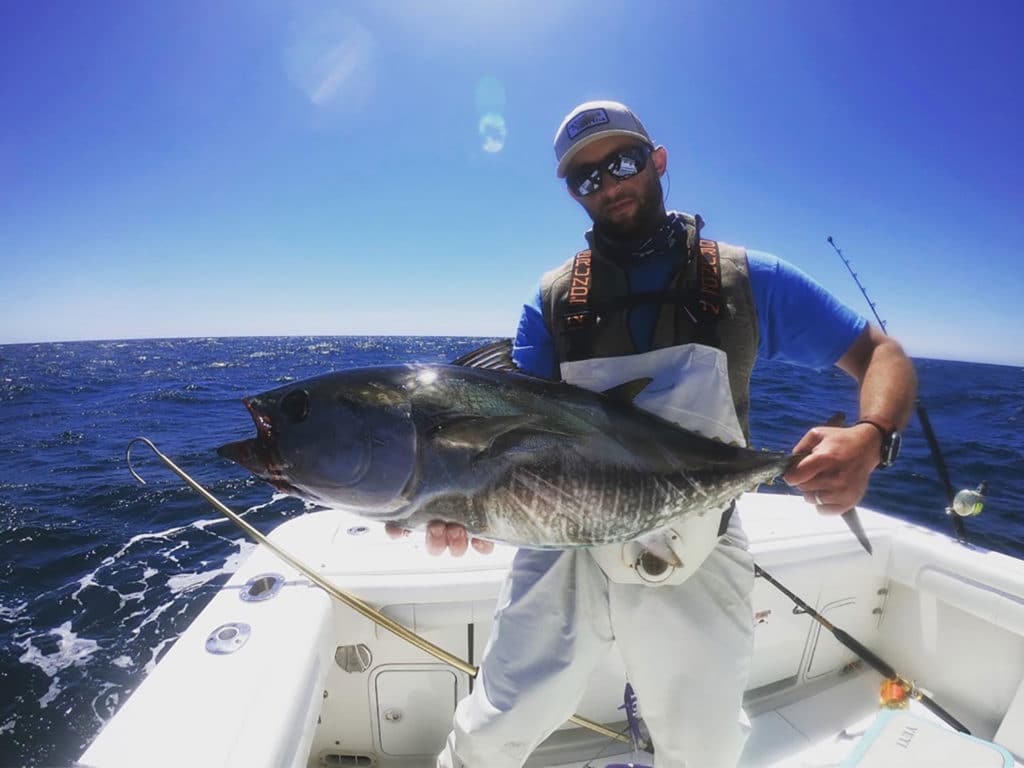
“I’m in the Northeast so I run out to the Hudson Canyon or up to Montauk,” he says. “On a good day, you can be in a 10-foot row boat and have fun offshore, but it’s the bad days you have to be concerned about.”
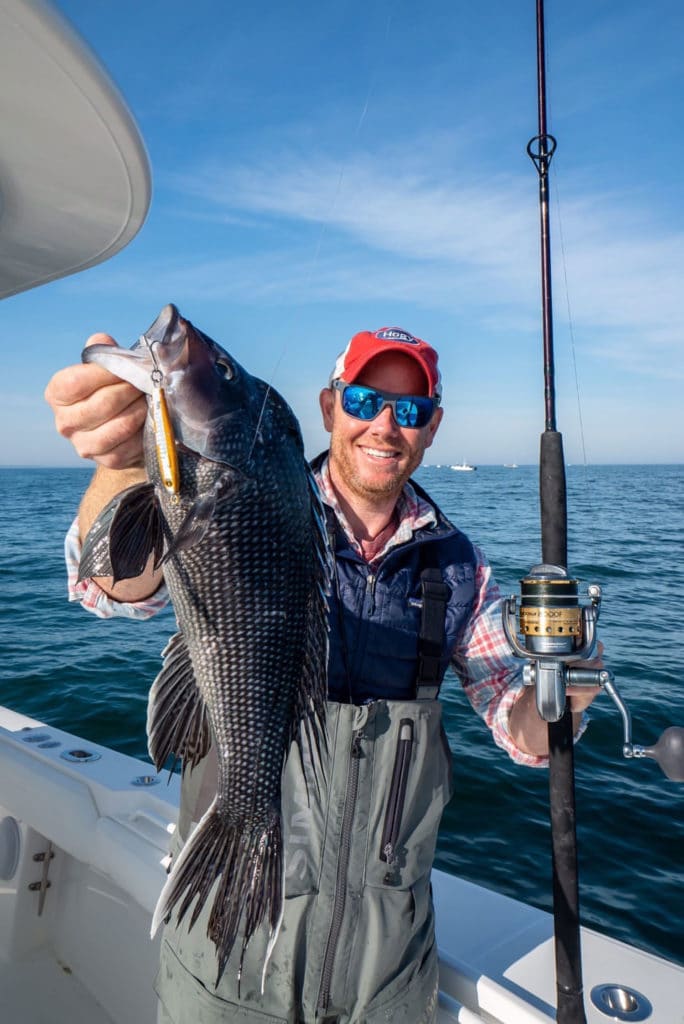
To Lark, a deep-V, non-step hull ranks high on the list of must-haves, even though a number of other captains, particularly those in the Gulf of Mexico, have turned to catamarans to negotiate long runs in heavy head seas. Old-style catamarans gained a poor reputation for their handling issues, which current builders say they’ve remedied. However, V-hull boats still dominate.
Stepped V hulls do perform well and operate efficiently, but Lark says that type of vessel — often geared more toward speed and hardcore fishing — doesn’t always work for everyone. “The new technology with the lighter, stepped hulls… that’s all great for performance. But how often, in real time, do you run 60 or 70 mph?” Lark says.
The majority of Lark’s clients want a high degree of creature comfort, and because of the children they usually bring: safety and stability. “The first time I ever drove a Regulator, the ride was unbelievable. That’s what sold me,” he says.
When his 34 was on the production line, Lark says he visited the factory and witnessed the quality of the build firsthand. He also says having a dependable local dealer played a big part in perfecting the buying experience.
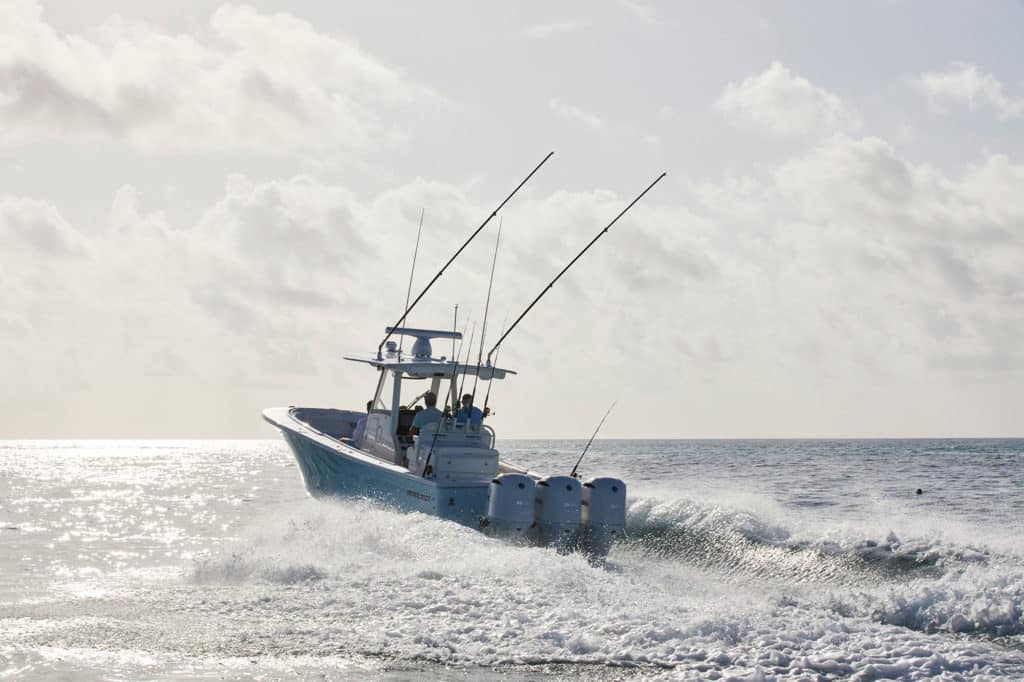
Asked for the top five tips he’d give to anyone looking to buy an offshore center console, Lark listed:
- Buy a deep-V hull
- Make sure there’s enough bow flair to ensure a dry ride.
- A heavier boat makes for a better ride.
- Having a bracket adds length at the waterline to your boat: “My 34 rides like a 39,” he says.
- Opt for max horsepower. “The engines will work at a lower rpm. That’s better for fuel economy and stress on the engines,” he says.
Lark adds that he appreciates his Regulator’s single fuel tank along the centerline. Compared with a multiple-tank layout, the single tank helps keep the boat more stable while drifting in beam seas.
Similarly, an optimal livewell setup — for a devoted live-bait fisherman — aligns multiple tanks of different sizes down the middle of the vessel in locations such as the center foredeck, forward console seat, helm tackle station, mid-transom, or in the cockpit sole. Lark fishes mostly dead baits and lures, so livewell number and design did not seriously affect his buying decision.
But he did add more rod holders at the factory to stow the 15 to 20 rods he carries for offshore duty. Because, well, “you can never have enough rod holders,” he adds.
Don’t we know, captain. Don’t we know.

